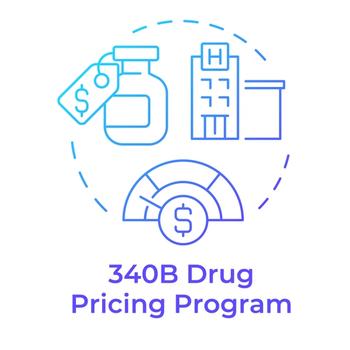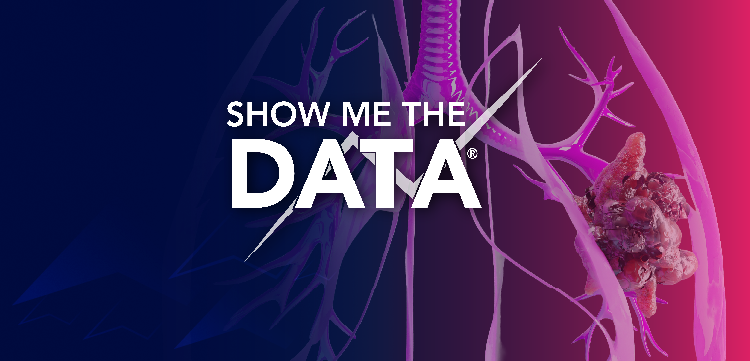
A PBM with More Stable Drug Pricing
Capital Rx uses the NADAC model, which was developed by CMS for Medicare and Medicaid drug pricing.
Capital Rx launched in 2017 with a simple idea: buyers and sellers should be able to communicate about the price of a drug in a transparent manner.
“Nowhere else in our economy, do we not know the price of something before the transaction is made,” Matt Gibbs, president of Capital Rx, said in an interview. “Our mission has been to change the way drugs are priced and administered throughout the United States to create enduring social change. We are filling a void for many employers who have been looking for a more trusted purchasing partner in this space.”
Capital Rx launched five years ago with the mission to do things differently in the PBM industry. Instead of using the average wholesale price (AWP) model, it implemented the National Average Drug Acquisition Cost (NADAC) model. This was developed by the Centers for Medicare and Medicaid Services (CMS) in response to an Office of the Inspector General (OIG) report in 2012 that found the AWP benchmark was flawed.
NADAC is the approximate invoice price pharmacies pay for medications in the United States. CMS implemented this in 2016 for the Medicare and Medicaid pharmacy programs. NADAC randomly surveys 2,500 pharmacies per month out of the 67,000 operating in the nation and represents the average price paid by pharmacies. It is updated weekly.
“The national average drug acquisition price allows consumers to see a publicly available price, not something that’s buried within a PBM,” Gibbs said. “But no one in the commercial space is using this formula.”
AWP represents a published price for a drug product based on data obtained from manufacturers, distributers and other supplier. But Gibbs said the methodology is opaque and, unlike the NADAC, is not publicly available. And it doesn’t represent the actual prices paid by pharmacies, he said.
This is true even for generic drugs, Gibbs said. A 2020 survey study
Capital Rx uses the NADAC as part of what it calls its Clearinghouse model. The company charges NADAC prices for prescription drugs plus an administrative fee. Gibbs said that using the NADAC has saved its clients 26% compared with the traditional PBM model.
Beginning this year, Capital Rx will begin assessing clients’ savings over time. In January 2021, the company
“Toward the end of this year, we'll start to look at like a rolling 12-month savings opportunity for those clients that have been with us for that full two-year period,” Gibbs said.
Capital Rx uses a contracted pharmacy and therapeutics committee to help develop it formulary. The PBM has both a closed and an open formulary, but Gibbs said rebates are not part of the decision-making process for formulary inclusion.
Going forward, Gibbs said the company aims to enter the Medicare and Medicaid space. “We’ve been able to build into our system all the requirements and what Medicare is looking for.”
Newsletter
Get the latest industry news, event updates, and more from Managed healthcare Executive.





















































